Film review: Winnie the Pooh
“Winnie the Pooh” is appropriate for young children, funny enough to keep their older siblings and parents...
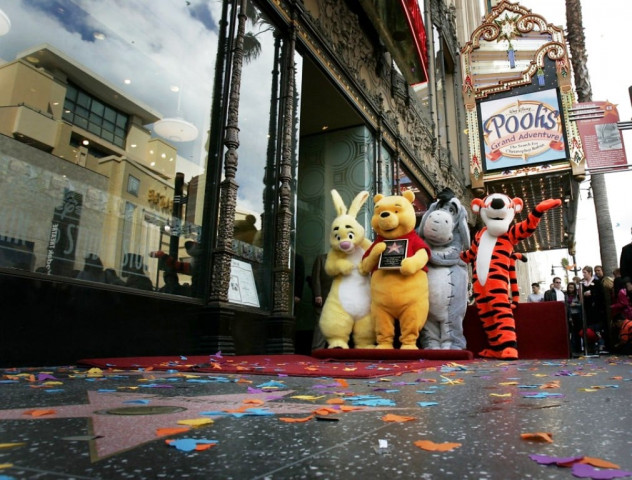
The characters aren’t floating on saccharine, nor is their craft being carried on tides of boogers and other bodily functions so beloved by the post-“Shrek” spate of kid flicks.
“Winnie the Pooh” is such a perfect morsel of entertainment — appropriate for young children, funny enough to keep their older siblings and parents laughing, faithful to the original Disney short subjects (and the A.A. Milne/E.H. Shepard books on which they were based) — that it defies cynicism. Or, you’ll pardon the expression, pooh-pooh-ing.
This sweet, low-key, and utterly lovable movie reminds us that “fun for all ages” isn’t just a marketing come-on.
The film takes us through a typically jam-packed day in the Hundred Acre Wood. Pooh (voiced by Jim Cummings, perfectly channeling Sterling Holloway’s iconic cadences) wakes up with a gurgling tummy and a house full of empty honeypots, but there’s no time for food: Eeyore’s (Bud Luckey) tail has gone missing, and Christopher Robin (Jack Boulter) proposes a contest where everyone will seek out a substitute.
Alas, neither Pooh’s cuckoo clock, or a new tail knitted by Kanga (Kristen Anderson-Lopez, who co-wrote new songs with her husband, “Avenue Q” and "The Book of Mormon" composer Robert Lopez), or an umbrella, or an anchor, or a balloon, or a chalkboard with T-A-E-L written on it by Owl (Craig Ferguson) will quite do the trick.
And if the saga of Eeyore’s missing tail weren’t enough to keep everyone running around, Owl’s misreading of a note from Christopher Robin (in which he said he’d be “back soon”) leads to a general panic about a creature called the Backson, a hideous beast who puts holes in socks, breaks toys, scribbles in books, and fiddles with your alarm clock so you oversleep.
Everyone attempts to set a trap for the Backson, while Tigger (Cummings again, and his Paul Winchell is as good as his Sterling Holloway) puts a spring on Eeyore’s backside in an attempt to turn the perpetually-depressed donkey into a fighting “Tigger Two.”
If you’re a fan of old-school Disney, you’ll love the 2D, watercolor-over-pencil-drawing look of the film, not to mention the participation of animation vets like Burny Mattinson and Andreas Deja. The vintage Pooh tunes from the Sherman Brothers blend seamlessly with the new songs, and even Zooey Deschanel’s vocals feel, in this context, more timeless than hipster.
And while the whole enterprise is decidedly low-key, it’s never dull or slow or dumbed-down.
John Cleese’s narration is puckish without ever being cruel or obvious, and there’s lots of visual playfulness, from the Busby Berkeley–inspired musical number “Everything is Honey” to the way that the letters and paragraphs of the storybook in which this whole tale is taking place become comic props for the characters to stumble upon and even use to get themselves out of vexing situations.
There’s something to be said about a movie, particularly for children, where there’s not a single item on-screen that plugs in or runs on batteries.
Popular cartoons that are so aggressively contemporary may appeal to young audiences in the now, but their technology (to say nothing of their pop culture references) are going to horribly dated within a decade or two. It says something about the strength of the source material that Pooh doesn’t have to carry an iPad — and Tigger doesn’t have to be played by an actual tiger with a computer-animated mouth — for “Winnie the Pooh” to connect so strongly with audiences.
The inclusion of Cleese and Ferguson, incidentally, plays less like the recent spate of let’s-get-celebrity-voices and more in the tradition of simply casting the best voice actor for the part. They blend in with a spot-on ensemble (which also includes Travis Oates as Piglet, Wyatt Dean Hall as Roo, and Tom Kenny as Rabbit) rather than stand out with any kind of “check it, I’m famous!” grandstanding.
“Winnie the Pooh” is that rare movie that can be recommended to any and all. And if the film can withstand the onslaught of opening opposite the final chapter of the “Harry Potter” saga, one hopes that Disney and the other animation studios will give us more “Winnie the Pooh” and less “Mars Needs Moms.”


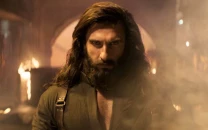

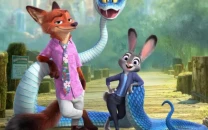
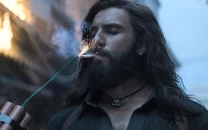
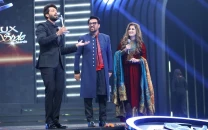











COMMENTS
Comments are moderated and generally will be posted if they are on-topic and not abusive.
For more information, please see our Comments FAQ